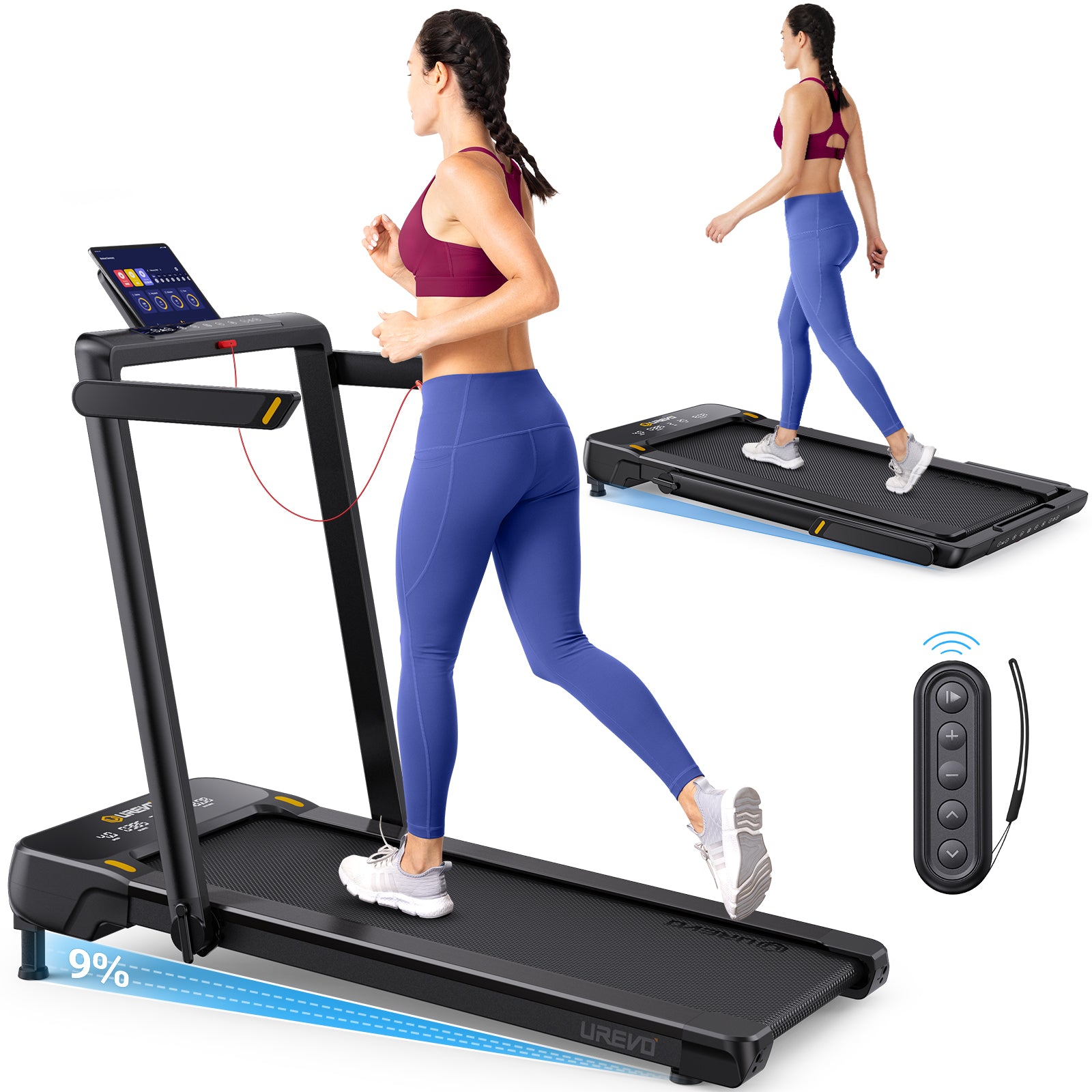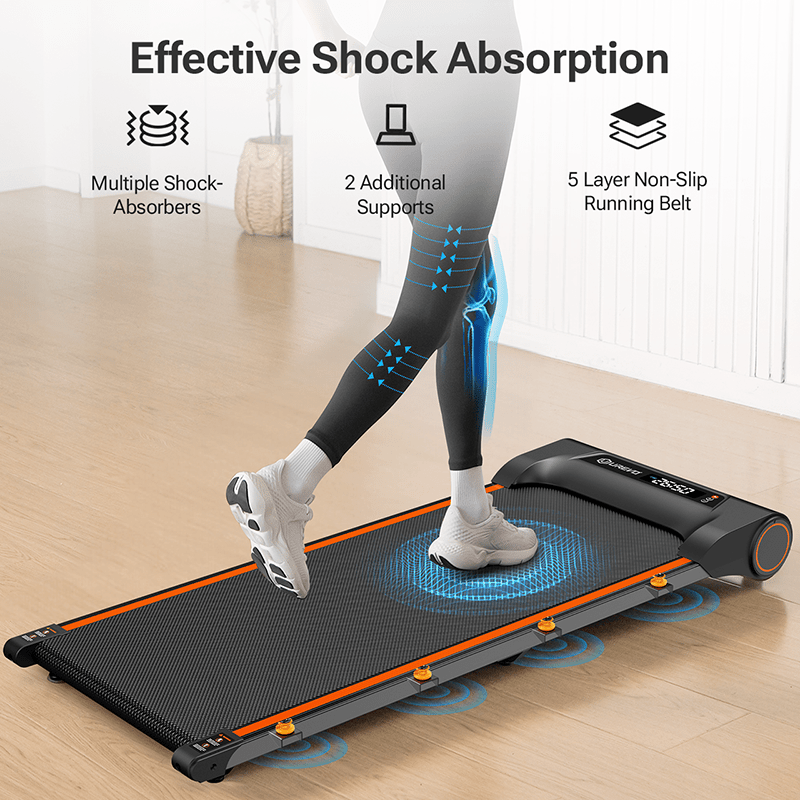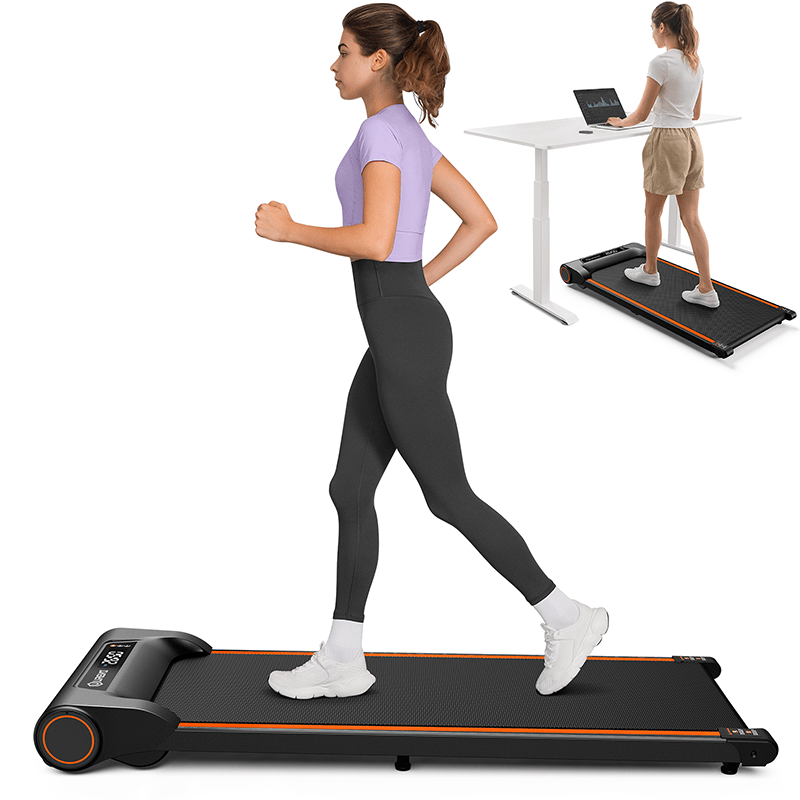With the rise of fitness trackers and health-conscious movements, many people are now asking, "How many steps a day should I be walking?"
This seemingly straightforward question does not have a one-size-fits-all answer but varies depending on individual health goals, lifestyle, and physical capabilities. In this article, we explore various facets of this question to provide a comprehensive guide.
How Many Steps a Day Should You Walk for Health?
Walking is a low-impact, accessible exercise that offers numerous health benefits. According to the Centers for Disease Control and Prevention (CDC), adults should aim for at least 150 minutes of moderate-intensity aerobic activity, such as brisk walking, per week. This guideline roughly translates to about 7,000 to 8,000 steps per day. Regular walking helps reduce the risk of chronic diseases like heart disease, diabetes, and hypertension, enhances mental health, and improves balance and coordination.
However, stepping beyond mere numbers, the key to walking for health is consistency. Integrating walking into your daily routine-whether it's a morning stroll, a walking meeting, or taking the stairs instead of the elevator-can significantly contribute to long-term health benefits.
How Many Steps a Day to Walk to Lose Weight
If weight loss is your goal, you might want to increase your daily step count. Walking 10,000 steps per day is a popular target, often recommended as a benchmark that aligns with approximately five miles a day, depending on stride length. Burning calories through walking, coupled with a balanced diet, can create a calorie deficit necessary for weight loss.
It's important to note that individual calorie burn varies based on weight, pace, and metabolism. Thus, while 10,000 steps can be a starting point, some may find greater success with more, or fewer, steps. It's beneficial to use a pedometer or a fitness tracker to gauge your daily activity and adjust your goals accordingly.

How Many Steps a Day Should You Walk to Improve Fitness?
For those looking to improve overall fitness, varying your pace and adding more steps can help. Progressively increasing your daily steps or incorporating intervals of brisk walking can enhance cardiovascular fitness, muscle strength, and endurance. Aiming for about 10,000 to 12,000 steps per day can be particularly effective.
Adding challenges, such as walking on different terrains or incorporating uphill walks, can also boost your fitness level. These variations not only increase the number of calories burned but also engage different muscle groups, enhancing overall physical fitness.
Tips on Walking More Steps Than Usual a Day
To increase your daily step count, consider the following practical strategies:
1.Set Incremental Goals
Begin by determining how many steps you typically take each day. This count serves as your baseline. Aim to enhance this number by 500 to 1,000 steps weekly. This gradual increase helps your body adjust without overwhelming you, making it more likely that you'll stick to this new habit. Tracking progress motivates you as you see tangible improvements over time.
2.Incorporate Walks into Your Routine
Make walking a natural part of your day. If you work in an office, suggest walking meetings to discuss projects on the go. When running errands, park your car at the far end of the lot to add a few more steps. Opt for stairs over elevators whenever possible, enhancing both your step count and cardiovascular endurance. A post-dinner walk can also aid digestion and provide a relaxed end to your day.
3.Walk in Intervals
Introduce interval walking into your routine to keep it engaging and to increase calorie burn. Start with a brisk walk for ten minutes, then slow down for five minutes, and repeat. This method not only prevents the monotony of a constant pace but also boosts your metabolism and enhances the cardiovascular benefits of walking.
4.Join Walking Groups
Connect with a walking group in your community or start one with friends or colleagues. Walking with others provides social interaction, making the activity more enjoyable and motivating. It can also introduce a sense of commitment, encouraging you to stick to your walking schedule.

5.Use a Walking Pad
Incorporating a walking pad into your daily routine is an efficient strategy for significantly increasing your step count without disrupting your daily commitments. This device enables continuous movement, even while performing sedentary tasks like working at a desk or watching television. By simply substituting sitting with walking at a comfortable pace, you can effortlessly boost your daily steps, making substantial progress toward your health and fitness goals.
The convenience of a walking pad lies in its design and functionality. Tailored for use in confined spaces and compatible with busy lifestyles, walking pads are slim, easily storable, and generally operate quietly. Whether placed under a desk at the office or used in a living room, they allow for uninterrupted work and leisure activities. Adjusting the speed according to your comfort level enables you to maintain a steady pace throughout the day, gradually increasing your endurance and total daily steps without needing additional time for exercise.
Using a walking pad daily can transform your health by improving cardiovascular fitness, reducing the risk of chronic diseases, and aiding in weight management. Regularly surpassing your usual step count leads to better overall physical health and contributes to mental well-being. Additionally, the simplicity of stepping onto the pad and starting your walk, regardless of weather conditions or other external factors, makes it easier to maintain consistency-a key factor in building and sustaining a healthier lifestyle.
By implementing these strategies, you will not only increase your step count but also make walking an enjoyable and integral part of your lifestyle, leading to better health and fitness.
Final Words
Walking is not only a way to get from one place to another; it's also a versatile, effective, and enjoyable form of light exercise that fits easily into most lifestyles. Whether your goal is to improve health, lose weight, or enhance physical fitness, the right number of steps per day depends on your personal health goals and current fitness level. By setting realistic goals, making walking enjoyable, and using tools like walking pads or fitness trackers, you can turn walking into a rewarding part of your daily routine. Remember, every step counts on your journey to better health.
FAQs
How quickly can I expect to see health benefits from increasing my daily steps?
Most people begin to notice improvements in their energy levels and stamina within a few weeks of consistently walking more. Long-term benefits, such as weight loss and reduced risk of chronic diseases, can typically be observed after maintaining increased activity levels for several months.
Are there specific times of the day that are more effective for walking?
While walking at any time can be beneficial, some research suggests that morning walks may be particularly effective for setting a positive tone for the day and regulating circadian rhythms. However, the best time to walk is the one that fits your schedule consistently.
How should I handle walking in bad weather?
Indoor walking options, such as malls, indoor tracks, or using a walking pad at home, can help maintain your step count during inclement weather. If you prefer outdoor walks, investing in appropriate weather gear can make walking in less-than-ideal conditions more comfortable and safe.
Can walking help with mental health?
Yes, walking has been shown to reduce symptoms of anxiety and depression, improve mood, and enhance overall mental well-being. The combination of physical activity, exposure to nature (if walking outdoors), and the rhythmic nature of walking can be highly therapeutic.
Should I invest in special footwear for walking?
Comfortable, supportive footwear can make a significant difference, especially as your step count increases. Look for shoes designed for walking or light running, which offer good arch support and cushioning.
Read More
- Is the Treadmill Walking Pad Effective? Exploring Benefits and Drawbac – Urevo
- Worth It to Get a Foldable Walking Pad Treadmill: A Comprehensive Anal – Urevo
- Walking Treadmill Pad: Your Secret Weapon for Effective Weight Loss – Urevo
- 8 Reasons Why UREVO is Considered the Best Treadmill for Under Desk – Urevo
- Top 7 Benefits of Treadmill Workouts – Urevo














